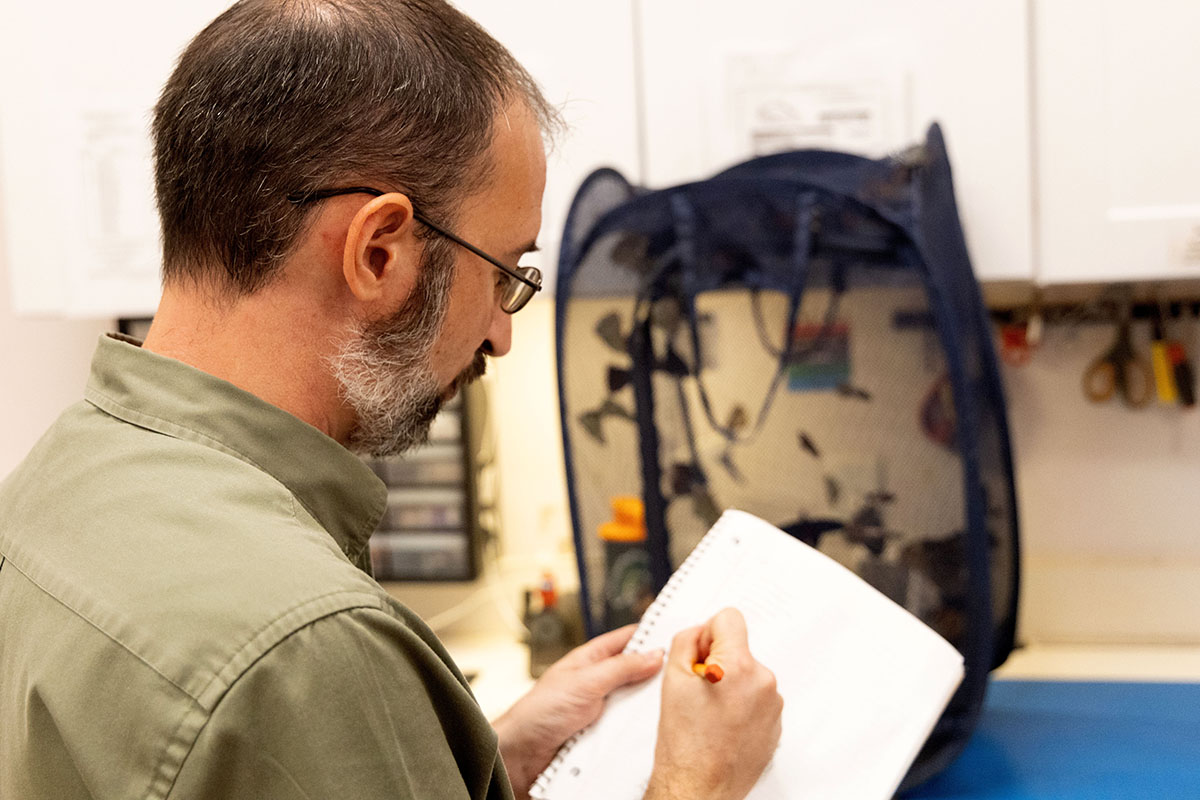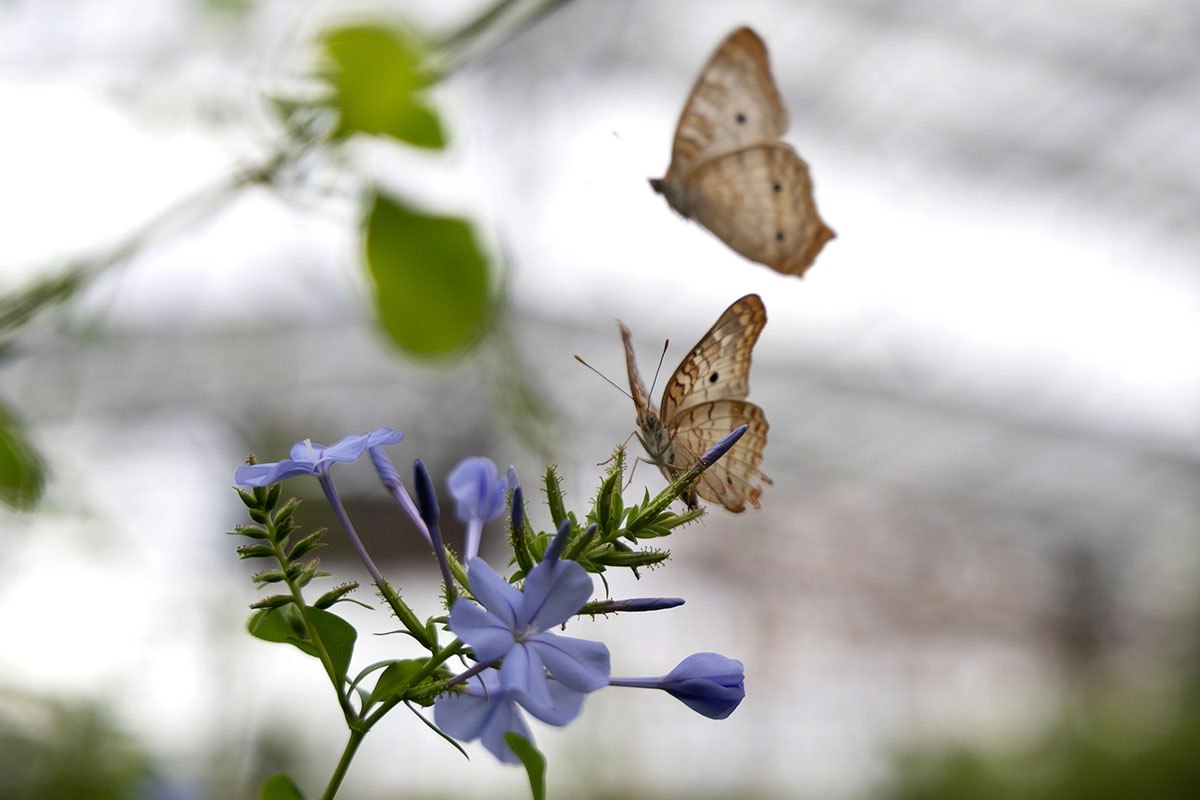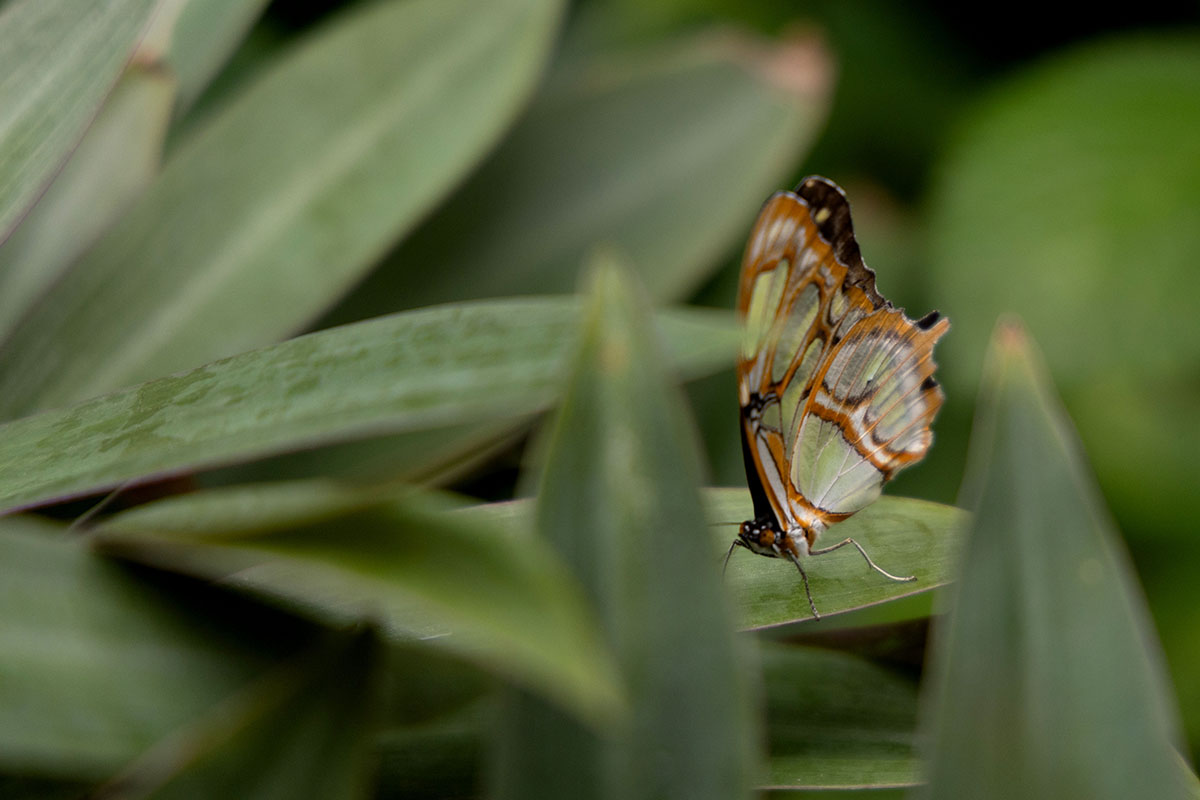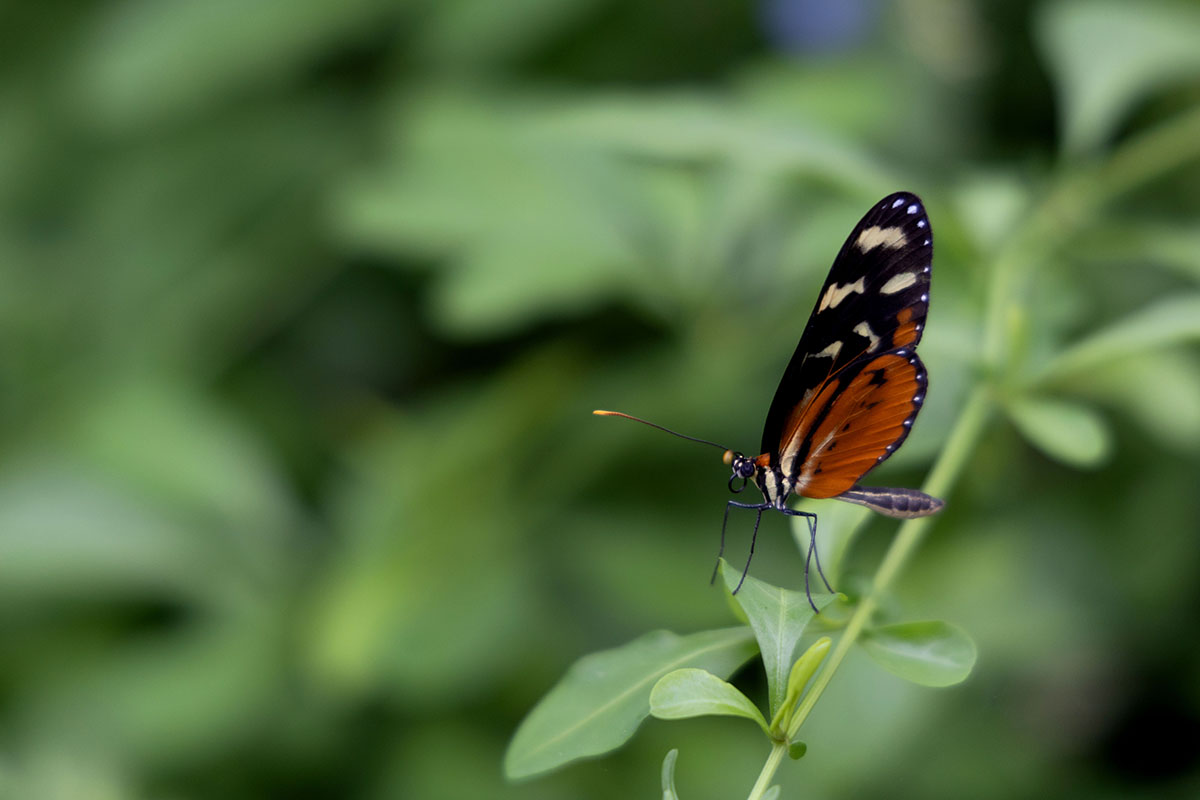Arizona’s extreme heat threatens ‘spectacular migrations’ of butterflies
Arizona’s extreme heat threatens ‘spectacular migrations’ of butterflies
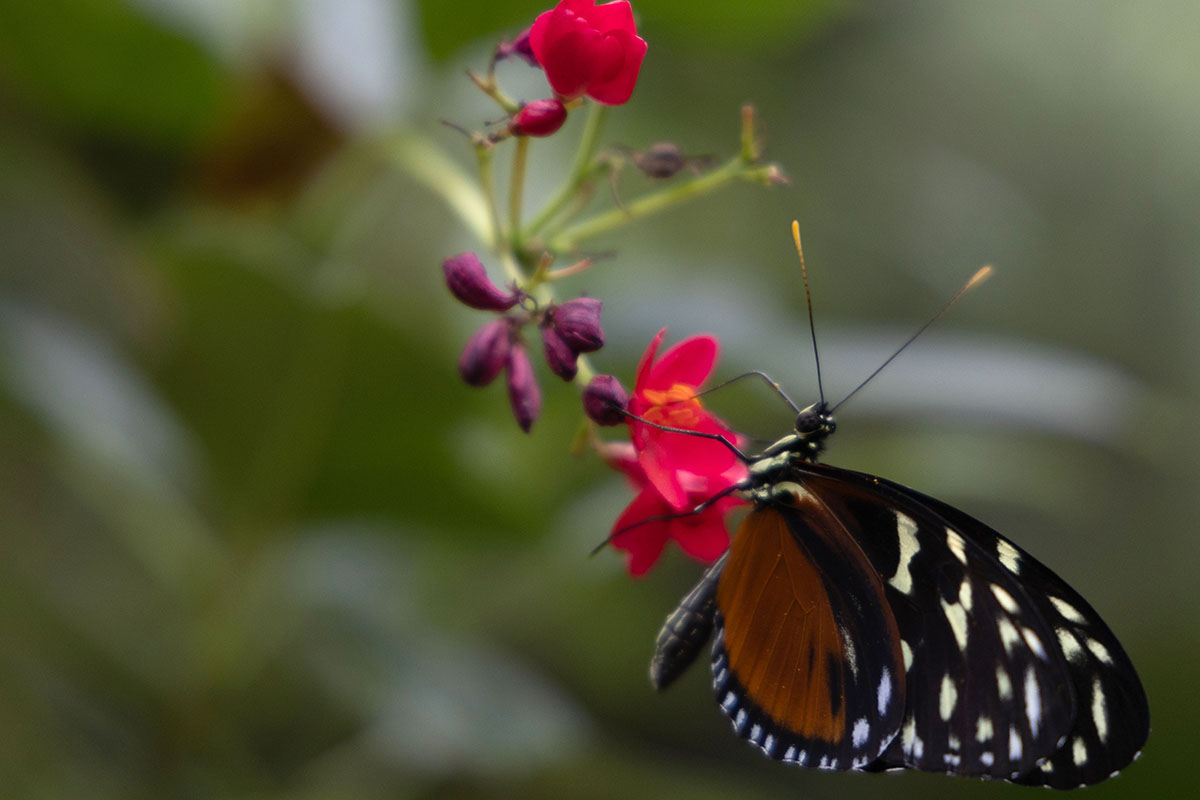
A spotted tiger glassywing butterfly rests atop a flower at Butterfly Wonderland on Sept. 20, 2023. Arizona’s prolonged extreme heat is expected to reduce butterflies’ food, resulting in fewer migrating butterflies, Nina de l’Etoile, Butterfly Wonderland conservatory supervisor, said. (Photo by Kevinjonah Paguio/Cronkite News)

